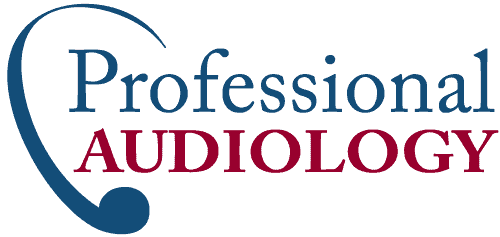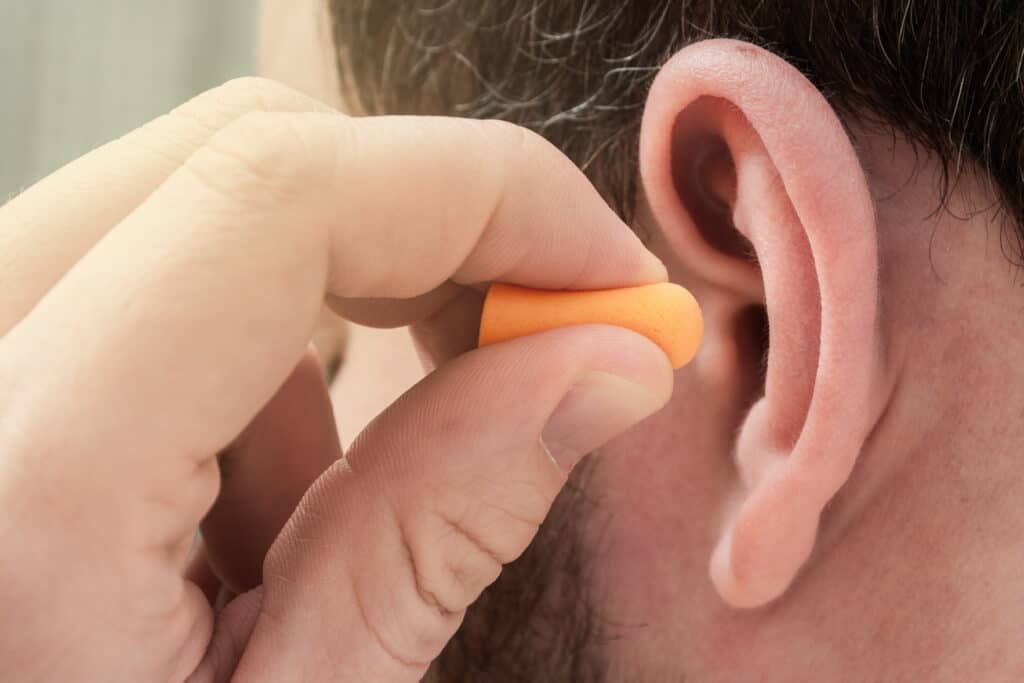Are you getting ready for a Sumer of DIY projects? Amidst the excitement of planning and the buzz of power tools, it’s important to protect your hearing. Exposure to loud noises can lead to permanent hearing damage. Let’s review some tips to safeguard your hearing during your DIY home improvement projects so your hearing stays safe while you create the home of your dreams.
Understanding Noise-Induced Hearing Loss
Loud noises generated by power tools or construction activities can damage the delicate structures of the inner ear, leading to noise-induced hearing loss. This irreversible condition can affect your ability to hear and communicate effectively.
Understanding the risks is the first step in protecting your hearing during DIY projects. If you have to shout to be heard by someone standing a few feet from you, it’s too loud and you both need to protect your hearing.
Choose the Right Hearing Protection
Investing in high-quality hearing protection can save your ears. Earplugs and earmuffs offer effective protection by reducing the intensity of loud sounds before they reach your ears. When selecting earplugs, choose those that offer a proper fit and seal in your ear canal. If you’re getting earmuffs, they should securely cover your entire ear. Using both earplugs and earmuffs together provides an even higher level of protection.
Prioritize Noise Reduction Tools and Techniques
In addition to hearing protection, you can incorporate noise reduction tools and techniques to minimize the overall noise level during your DIY projects. Consider using power tools with built-in noise-reduction features or attachable silencing devices. Properly maintained equipment and strategic placement of sound-absorbing materials, such as curtains or baffles, can also help mitigate noise.
Create a Dedicated Workspace
Designating a specific workspace for your DIY projects can contribute to a safer environment for both you and your hearing. Isolate the workspace from other parts of your home, if possible, to minimize noise disruption and hearing risk to other family members. This helps you maintain better control over noise exposure.
Take Frequent Breaks
DIY projects often involve extended periods of focused work. Remember to take regular breaks to give your ears a rest. Stepping away from the noise not only reduces the risk of hearing damage but also helps prevent mental fatigue, allowing you to work more efficiently and safely.
Educate Yourself and Others
Do you know about the risks associated with loud noises during DIY projects? Share this knowledge with other family members, friends, and fellow DIY enthusiasts to promote hearing safety. Encourage them to prioritize their hearing health and take necessary precautions during their own home improvement ventures.
Incorporate Sound-Absorbing Materials
Consider using sound-absorbing materials in your DIY projects to help reduce noise levels. For example, installing acoustic panels or sound-absorbing tiles can effectively dampen noise within your workspace. Additionally, utilizing area rugs, curtains, and heavy furniture in the surrounding areas can help absorb and minimize noise transmission, creating a quieter environment for your DIY endeavors.
Practice Mindful Communication
Amidst the sounds of construction and power tools, it’s important to plan for effective communication with others. Use hand signals, gestures, or visual cues when working in noisy environments to ensure clear and efficient communication. Maintaining a safe distance from loud machinery and equipment while conversing can also help minimize the strain on your hearing and promote effective communication during the project.
Regular Hearing Check-ups and Monitoring
Even with proper precautions, it is essential to monitor your hearing health regularly. Schedule annual or biennial check-ups with a hearing care professional to evaluate your hearing and identify any changes or concerns. Early detection and intervention can help prevent further deterioration and ensure prompt treatment if necessary.
Stick to Easy and Safe Hearing Health Tips During DIY Projects
Protecting your hearing should be second nature while you’re working on your next DIY home improvement project. Be sure to prioritize safety so you can enjoy the process while safeguarding your hearing for the years to come.
If you want more tips for protecting your hearing or you want to explore your custom hearing protection options, visit us today. We’ll help you prep for all your summer DIY projects with the right hearing protection.





